Canthaxanthin 10%
2019-09-29
WHAT IS CANTHAXANTHIN?
Canthaxanthin Beadlet consists of violet-brown, free-flowing fine powder to particles. It contains canthaxanthin pure finely dispersed in a starch-coated matrix of gelatin, sucrose, and corn starch, Dextrin. dl-α-Tocopherol and ascorbyl palmitate are added as antioxidant stabilizer. All the ingredients are of high grade material for human consumption.
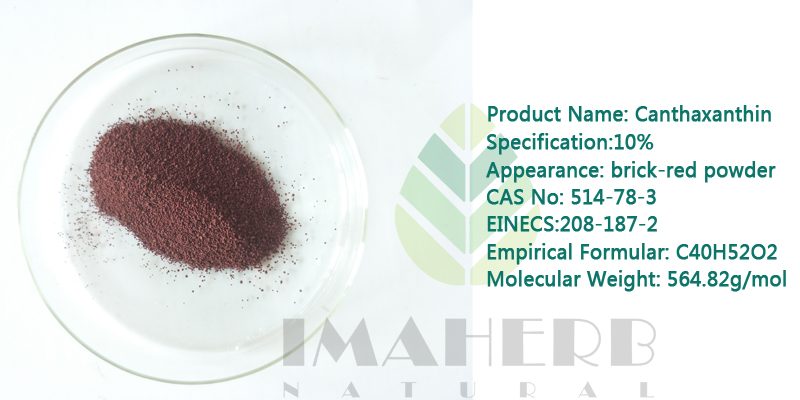
Carotenoids are used to colour food products of animal origin. In order to meet market needs and considering the inherent variations of the diets in terms of colouring agents, the feed industry adds colouring agents to salmonid feed (to colour the flesh), to laying hens diet (to modify the yolk pigmentation) and, in some areas, to chicken diet (to modify skin pigmentation). Canthaxanthin is one of the carotenoids authorised for use in animal feed as a colouring agent in poultry feeds and fish feeds in accordance with Council Directive 70/524/EEC as E-161g.
Canthaplus 10% are free-flowing, granulated carotenoid products. They consist of small beadlets in which the carotenoid is finely distributed in a starch-encapsulated gelatine and carbohydratematrix to which antioxidants have been added. It contain approximately 100 000 such beadlets per gram. The special manufacturing process, known as “spray-dried coating”, protects the carotenoids against oxidation and gives them high stability, optimal distribution, outstanding mixing properties and very
good absorption characteristics.
Functions Of
CANTHAXANTHIN
Carotenoids are used to colour food products of animal origin. In order to meet market needs and considering the inherent variations of the diets in terms of colouring agents, the feed industry adds colouring agents to salmonid feed (to colour the flesh), to laying hens diet (to modify the yolk pigmentation) and, in some areas, to chicken diet (to modify skin pigmentation). Canthaxanthin is one of the carotenoids authorised for use in animal feed as a colouring agent in poultry feeds and fish feeds in accordance with Council Directive 70/524/EEC as E-161g.
Canthaplus 10% are free-flowing, granulated carotenoid products. They consist of small beadlets in which the carotenoid is finely distributed in a starch-encapsulated gelatine and carbohydratematrix to which antioxidants have been added. It contain approximately 100 000 such beadlets per gram. The special manufacturing process, known as “spray-dried coating”, protects the carotenoids against oxidation and gives them high stability, optimal distribution, outstanding mixing properties and very
good absorption characteristics.
An inherited blood disorder called erythropoietic protoporphyria (EPP).Taking canthaxanthin by mouth, with or without beta-carotene, seems to reduce rash, itching, or eczema caused by sensitivity to sunlight exposure in people with EPP.
An autoimmune disorder called cutaneous lupus erythematosus (CLE). Early research suggests that taking canthaxanthin and beta-carotene by mouth improves symptoms following sunlight exposure in people with CLE.
A rash due to sun sensitivity (polymorphous light eruptions). Early research suggests that taking canthaxanthin and beta-carotene by mouth improves symptoms following sunlight exposure in people with polymorphous light eruptions.
Skin redness and irritation (psoriasis). Early research suggests that taking beta-carotene and canthaxanthin by mouth prior to and during phototherapy does not improve symptoms of psoriasis more than phototherapy alone.
A skin discoloration disorder (vitiligo). Early research suggests that taking a specific product (Carotinoid-N) containing canthaxanthin and beta-carotene improves the appearance of skin sores and protects against the sun in people with vitiligo. However, the treatment does not seem to affect skin pigmentation.
PRODUCT
Product Name: Canthaxanthin
Specification:10%
Appearance: brick-red powder
CAS No: 514-78-3
EINECS:208-187-2
Empirical Formular: C40H52O2
Molecular Weight: 564.82g/mol
Application:Beverage, Candy, milk products as colorant








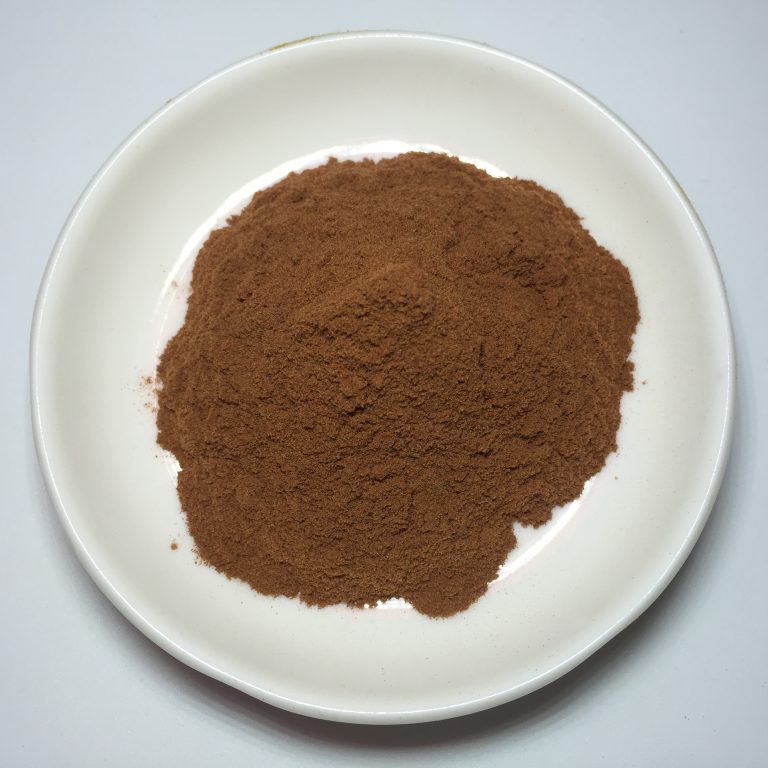 Imaherb China manufacturer supply Apple Extract Powder
Imaherb China manufacturer supply Apple Extract Powder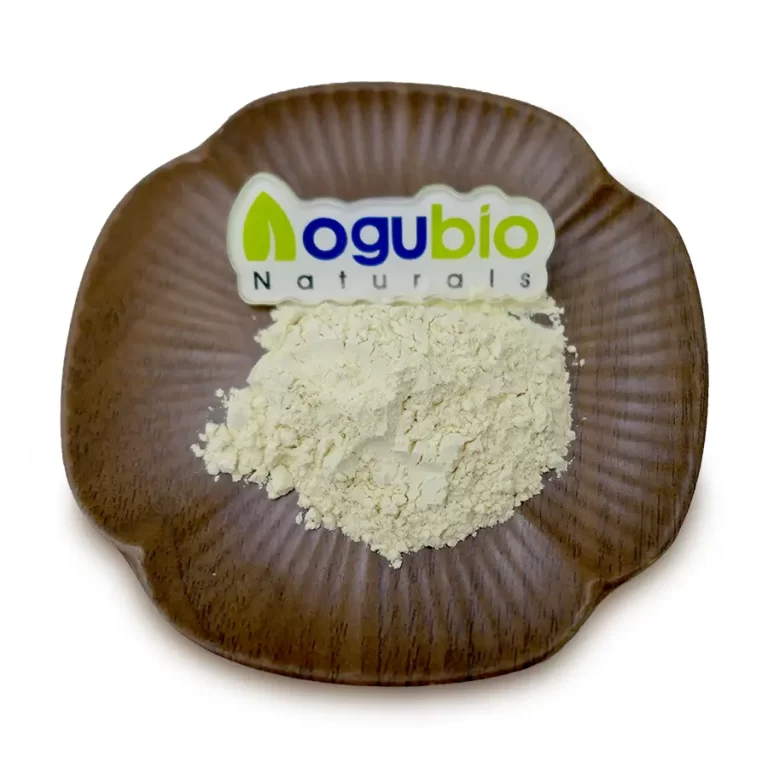 Imaherb China manufacturer supply Apigenin Powder 98%
Imaherb China manufacturer supply Apigenin Powder 98%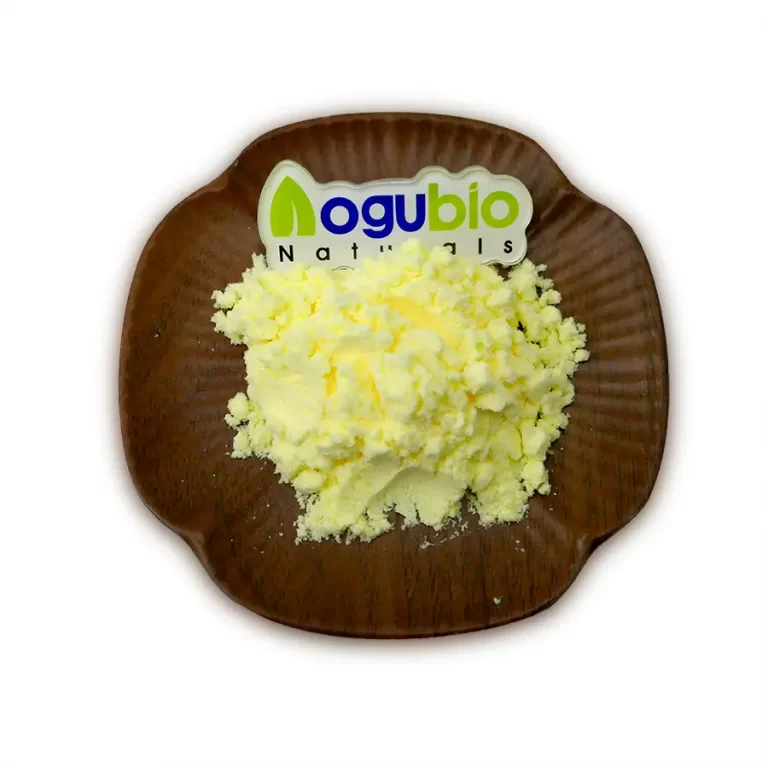 Imaherb Factory supply Alpha Lipoic Acid Powder CAS 1077-28-7
Imaherb Factory supply Alpha Lipoic Acid Powder CAS 1077-28-7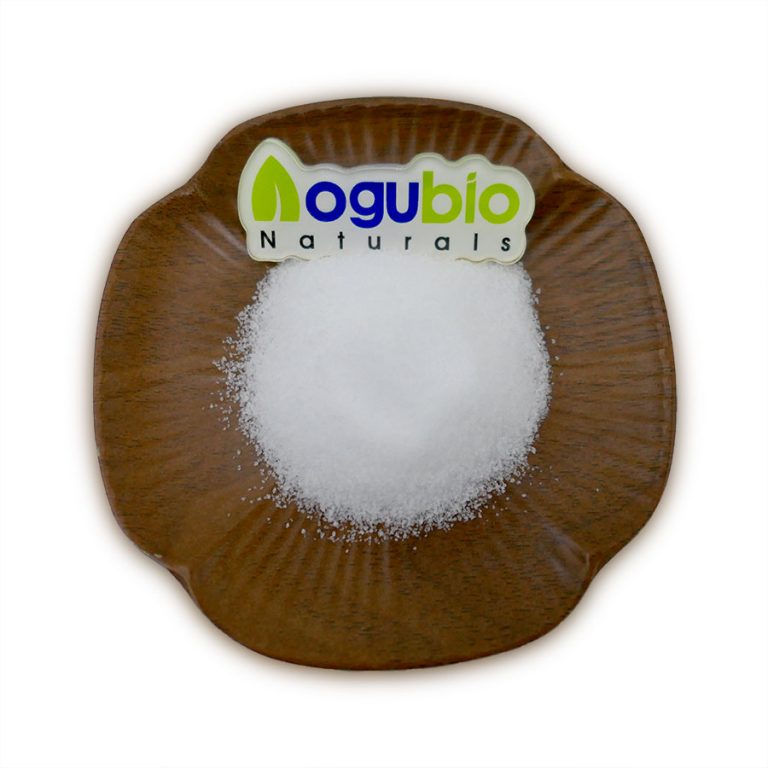 Imaherb Factory supply Alpha GPC Powder CAS 28319-77-9
Imaherb Factory supply Alpha GPC Powder CAS 28319-77-9 Imaherb Factory supply Alliin Powder 98% CAS 556-27-4
Imaherb Factory supply Alliin Powder 98% CAS 556-27-4 skype
skype Sales Manager
Sales Manager Rebekah
Rebekah Rachel
Rachel Miranda
Miranda Camilla
Camilla
 Sales Manager
Sales Manager